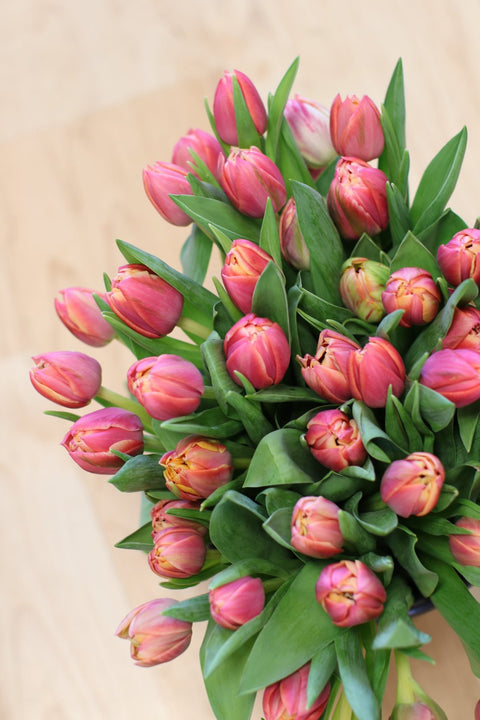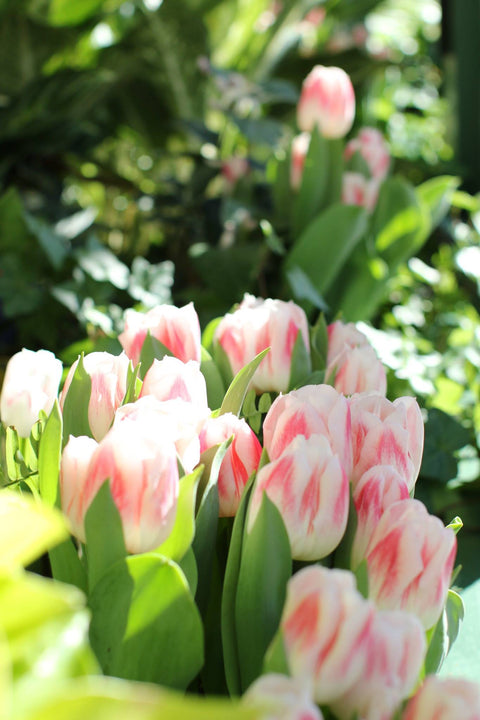Introduction: Tulips, with their vibrant hues and delicate petals, have captivated the hearts of gardeners and flower enthusiasts for centuries. Originating from Central Asia and later spreading to Europe, these flowers have become synonymous with beauty and elegance. However, what many may not realize is that within the realm of tulips lies a diverse array of varieties, each with its own unique characteristics and appeal. In this blog post, we delve into the kaleidoscope of tulips, exploring the differences that set various varieties apart.
-
Varieties in Color: Tulips are renowned for their stunning array of colors, ranging from deep reds and purples to soft pinks, yellows, and whites. Each variety showcases a distinct color palette, allowing for endless possibilities in garden design and floral arrangements. Whether you prefer the bold statement of a red tulip or the subtle charm of a pastel-hued variety, there is a color to suit every taste.
-
Diversity in Size and Shape: Beyond color, tulips also vary significantly in size and shape. Some varieties boast large, goblet-shaped blooms that make a dramatic impact in the garden, while others feature smaller, more delicate flowers that exude understated elegance. Additionally, tulip petals can vary in texture, from smooth and glossy to ruffled and fringed, adding another layer of diversity to these enchanting flowers.
-
Blooming Time: Another factor that distinguishes tulip varieties is their blooming time. While most tulips bloom in spring, the exact timing can vary depending on the variety and local climate conditions. Early-flowering varieties burst into bloom as early as March, heralding the arrival of spring with their vibrant colors. On the other hand, late-flowering varieties extend the tulip season well into May, ensuring a prolonged display of floral beauty in the garden.
-
Adaptability and Growing Conditions: Tulips exhibit a remarkable adaptability to different growing conditions, making them suitable for a wide range of climates and environments. From the sunny slopes of Mediterranean regions to the cooler climates of northern Europe, there is a tulip variety suited to thrive in almost any setting. Additionally, tulips can be grown both in garden beds and containers, offering flexibility in landscaping and gardening projects.
-
Cultural Significance and Symbolism: Throughout history, tulips have held cultural significance and symbolism in various societies. In the Netherlands, tulips became synonymous with prosperity and abundance during the Dutch Golden Age, leading to the infamous "tulip mania" economic bubble. Today, tulips continue to symbolize love, elegance, and springtime renewal, making them popular choices for weddings, celebrations, and festive occasions.
Conclusion: In conclusion, the world of tulips is a rich tapestry of diversity, with each variety offering its own unique blend of color, size, shape, and symbolism. Whether adorning a garden bed, bouquet, or floral arrangement, tulips never fail to captivate with their timeless beauty and charm. As we celebrate the myriad of tulip varieties, let us revel in the splendor of nature's palette and continue to be inspired by the endless possibilities these enchanting flowers offer.



